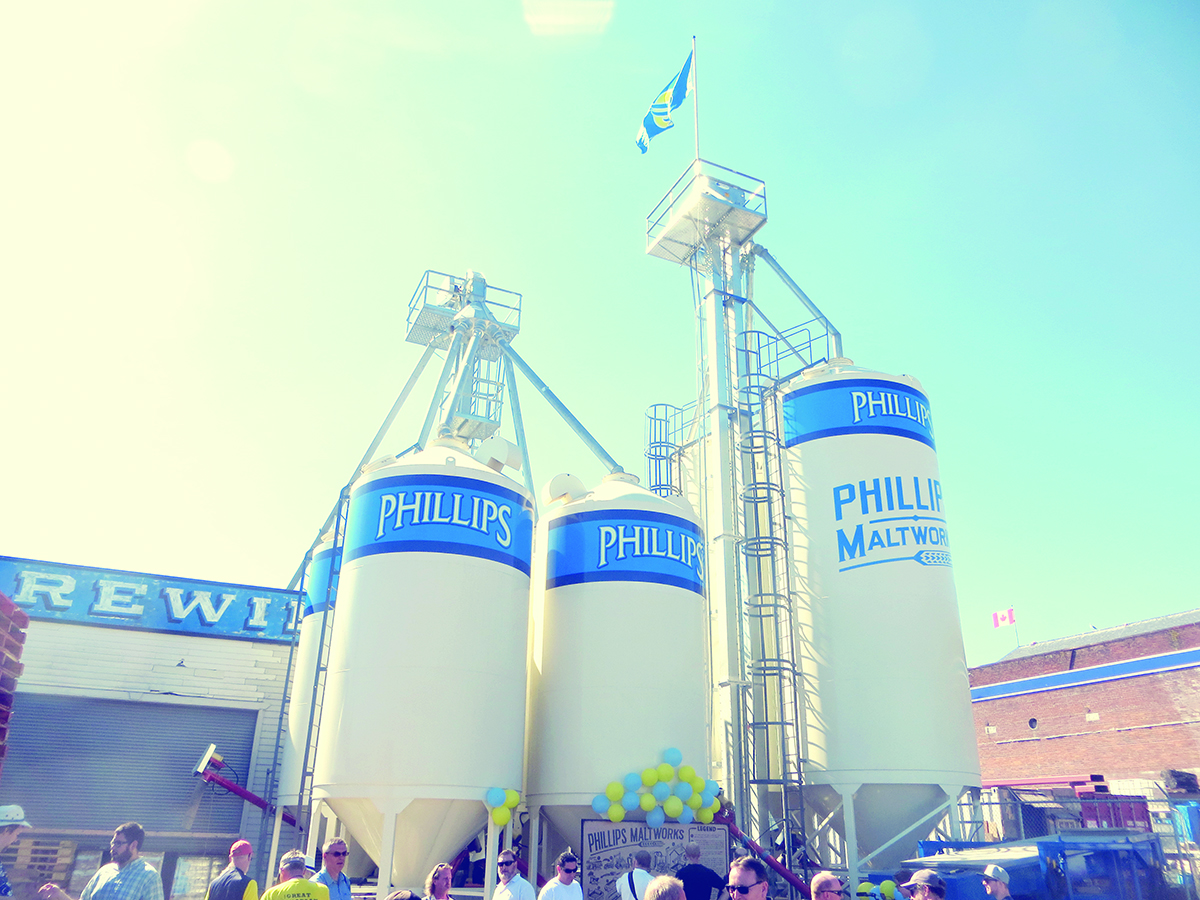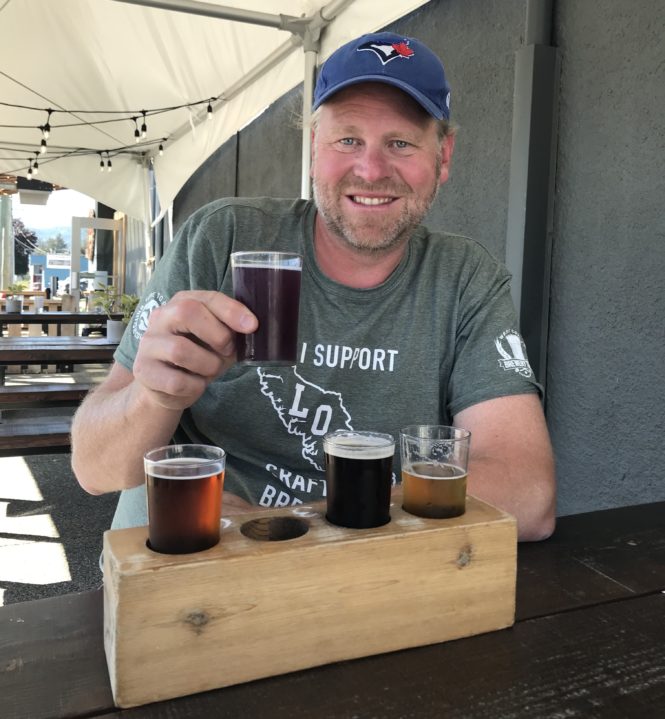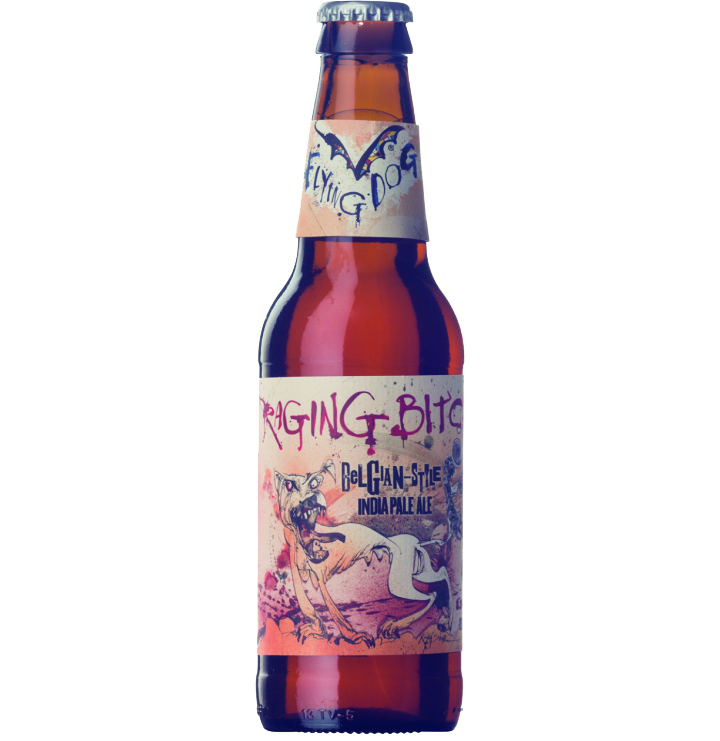
Phillips Brewing has been an innovator in B.C.’s craft industry for a long time: It was one of the first to offer growler fills, it began barrel aging beers a long time ago, and is well known for the diverse range of beers it has produced over the years.
In September, the brewery opened its new malting plant, the Phillips Maltworks, behind its brewery in downtown Victoria – the first of its kind for a brewery in Canada. The facility took about two years “and 5,000 grey hairs,” according to Phillips’s press release, from design to completion. It cost more than $1 million.
Vancouver Island seems to be a hotbed for local malting in Canada. Mike Doehnel, a Saanich Peninsula farmer, has been growing and malting one-ton batches of his own barley since 1998, inspiring Driftwood Brewery to name its pilsner – made entirely with his malts – after him. Up near Nanaimo, Geremy White has been doing the same thing for a couple of years, producing half-ton batches and selling his malted barley to Longwood Brewery and Wolf Brewing there.
But no other Canadian brewery malts its own barley. It’s a complex job that requires specialized equipment and lots of space. It’s generally handled by industrial malting facilities like Gambrinus in Armstrong and Canada Malting’s several plants spread across the country.
Those large operations might process 150-250 tons of raw grain at a time (versus the Maltworks’ 20 tons per week), but are unlikely to create custom malt. If a brewery wants custom malting, they’re better off doing it themselves.
Matt Phillips, founder of Phillips Brewing, says the new malting plant gives the brewery a level of control over their beer’s core ingredient that they’ve never had before. It frees them up to explore unconventional grains and continue their innovative approach to brewing.
“As an industry we’ve been so focused on hops for so long, but at the same time, we’ve all been neglecting malt as a possibility. In terms of really being experimental with it we just [didn’t] have the tools to do it,” Phillips says.
There’s a downside though. The project is expensive and Phillips says it won’t save the brewery much money – at least not in the short term.
“There’s not a really good business argument for it,” he says.
It’s ultimately about making better beer. As he points out, “It wasn’t a good business argument to start a brewery in the first place, either, but it worked out to be.”
Phillips Brewing began working with Saanich Peninsula farmers in 2014, collecting 340 tons of barley and wheat over the past two harvests. That works out to about 30 per cent of the brewery’s annual needs, so it will be supplemented with barley grown elsewhere and some specialty malts that will still need to be purchased.
On the distillery side, Phillips says they’ll produce “a single-malt whiskey that is truly a Vancouver Island whiskey,” along with gin that is made entirely from products sourced on Vancouver Island, including all the botanical ingredients.
“The closer you can get to the raw ingredients in the ground, the better,” Phillips says.
***
What is malting anyway?
Raw barley—and other grains like wheat—must be malted before brewers and distillers can use it. The grain is first steeped and rinsed in fresh water for about two days until its moisture content grows to about 45 per cent by weight. At this point, the barley begins to germinate; in other words, tiny roots begin to grow. The germinating barley is aerated and turned regularly for several days. During this time, enzymes in the grain produce malt sugars, soluble starch, and usable yeast nutrients like amino acids. Finally, it is kiln dried and sometimes roasted to a darker colour. At this point, it can be stored for months until a brewer’s recipe calls for it.





